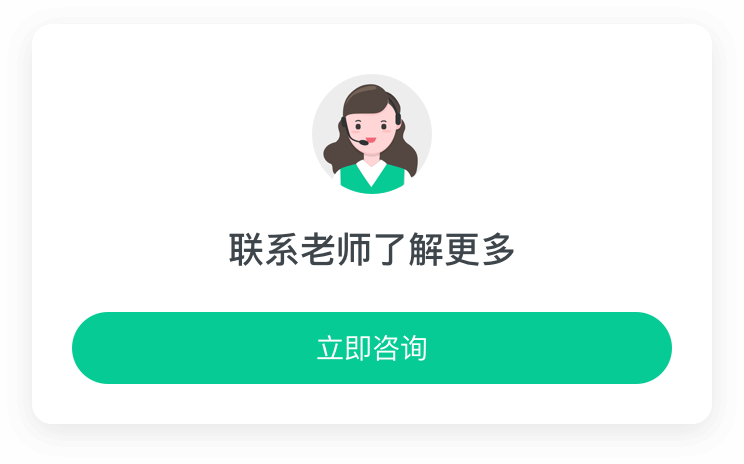随着华为鸿蒙操作系统 HarmonyOS NEXT 的发布,越来越多的开发者开始关注并投入到这一新兴操作系统的应用开发中。本文将详细介绍如何在 HarmonyOS NEXT 上搭建开发环境,并通过一个简单的聊天社交类兴趣社群应用示例,帮助开发者快速上手。
一、开发环境搭建
安装 DevEco StudioDevEco Studio 是华为官方推出的 HarmonyOS 应用开发工具,支持代码编辑、调试、模拟器运行等功能。开发者可以下载并安装最新版本的 DevEco Studio。
配置 SDK 安装完成后,打开 DevEco Studio,首次启动时会提示下载并配置 HarmonyOS SDK。选择 HarmonyOS NEXT 版本的 SDK(API 12),并确保安装必要的工具链和模拟器。
创建项目在 DevEco Studio 中,选择“新建项目”,然后选择“Empty Ability”模板。填写项目名称、包名等信息,确保选择 HarmonyOS NEXT 作为目标平台。
二、开发聊天社交类应用
项目结构创建项目后,DevEco Studio 会自动生成项目的基本结构。主要目录包括:
entry/src/main/java:Java 代码目录
entry/src/main/resources:资源文件目录
entry/src/main/config.json:应用配置文件
编写界面代码
在 entry/src/main/java/com/example/myapplication/slice 目录下,找到 MainAbilitySlice.java 文件,这是应用的主界面。我们可以在此编写聊天界面的代码。
java
package com.example.myapplication.slice;
import ohos.aafwk.ability.AbilitySlice;import ohos.aafwk.content.Intent;import ohos.agp.components.Button;import ohos.agp.components.TextField;import ohos.agp.components.ListContainer;import ohos.agp.components.Component;import ohos.agp.components.Text;import ohos.agp.components.LayoutScatter;import ohos.agp.utils.LayoutAlignment;import ohos.agp.window.dialog.ToastDialog;
public class MainAbilitySlice extends AbilitySlice { @Override public void onStart(Intent intent) { super.onStart(intent); // 加载布局文件 Component rootLayout = LayoutScatter.getInstance(this).parse(ResourceTable.Layout_ability_main, null, false); super.setUIContent(rootLayout);
// 获取界面组件 TextField inputField = (TextField) rootLayout.findComponentById(ResourceTable.Id_input_field); Button sendButton = (Button) rootLayout.findComponentById(ResourceTable.Id_send_button); ListContainer chatList = (ListContainer) rootLayout.findComponentById(ResourceTable.Id_chat_list);
// 设置发送按钮点击事件 sendButton.setClickedListener(component -> { String message = inputField.getText(); if (!message.isEmpty()) { // 添加消息到聊天列表 Text chatMessage = new Text(this); chatMessage.setText(message); chatList.addComponent(chatMessage); inputField.setText(""); } else { new ToastDialog(this).setText("消息不能为空").setAlignment(LayoutAlignment.CENTER).show(); } }); }}
复制代码
编写布局文件:在 entry/src/main/resources/base/layout 目录下,创建 ability_main.xml 文件,定义聊天界面的布局。
xml
<?xml version="1.0" encoding="utf-8"?><DirectionalLayout xmlns:ohos="http://schemas.huawei.com/res/ohos" ohos:width="match_parent" ohos:height="match_parent" ohos:orientation="vertical" ohos:padding="16vp">
<ListContainer ohos:id="$+id:chat_list" ohos:width="match_parent" ohos:height="0vp" ohos:layout_weight="1" ohos:orientation="vertical"/>
<DirectionalLayout ohos:width="match_parent" ohos:height="wrap_content" ohos:orientation="horizontal" ohos:margin_top="16vp">
<TextField ohos:id="$+id:input_field" ohos:width="0vp" ohos:layout_weight="1" ohos:height="40vp" ohos:hint="输入消息..."/>
<Button ohos:id="$+id:send_button" ohos:width="wrap_content" ohos:height="40vp" ohos:text="发送" ohos:margin_start="16vp"/> </DirectionalLayout></DirectionalLayout>
复制代码
运行 HTML
运行与调试完成代码编写后,点击 DevEco Studio 中的“运行”按钮,选择模拟器或真机进行调试。应用启动后,您可以在模拟器中看到聊天界面,并测试消息发送功能。
三、总结:本文分享了在 HarmonyOS NEXT 上搭建开发环境,并通过一个简单的聊天社交类应用示例,展示了如何编写界面代码和布局文件。希望本文能帮助开发者快速上手 HarmonyOS NEXT 应用开发,为未来的鸿蒙生态贡献更多优质应用。
未来,随着 HarmonyOS NEXT 的普及,越来越多的开发者将加入鸿蒙生态。我们期待看到更多创新的应用在鸿蒙平台上诞生,为用户带来更丰富的智慧全场景体验。










评论